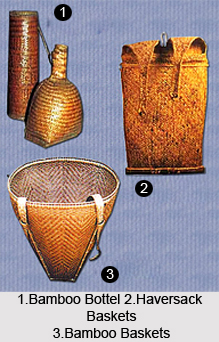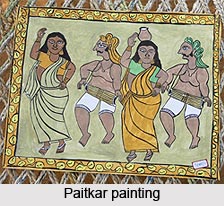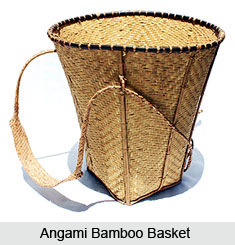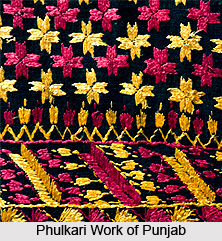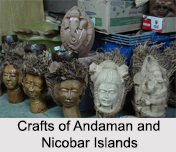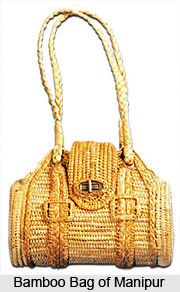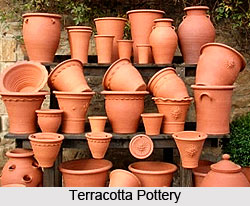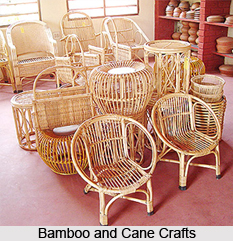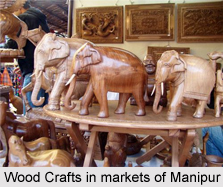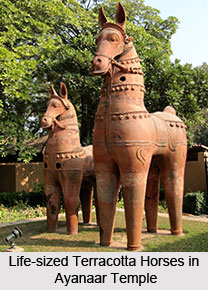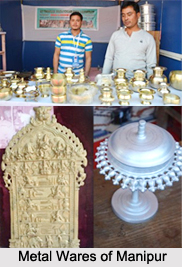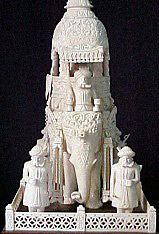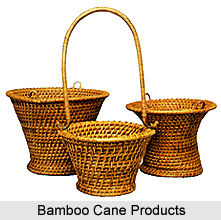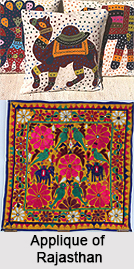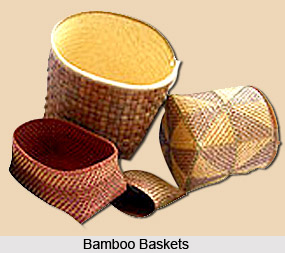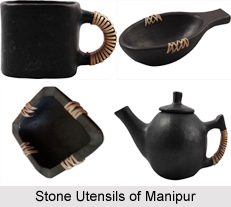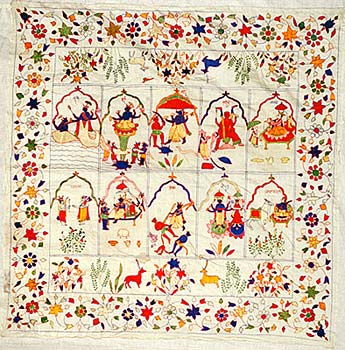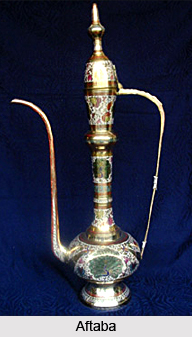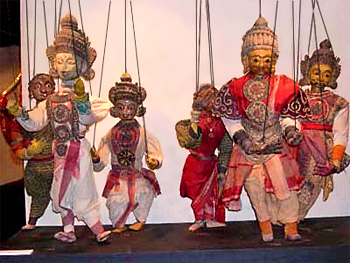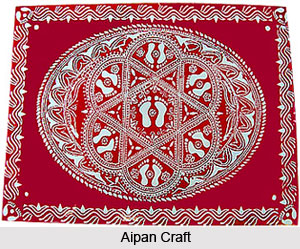 Aipan or Aepan is a famous art form in the Kumaon Region. The walls, pieces and papers of the cloth are meticulously decorated by various geometric and other figures belonging to gods, goddesses and other objects of nature. There are many types of Aipan, and Dupattas and Pichhauras are also carefully decorated by women. During the time of Harela there is a tradition of making clay idol (Dikaras). In the last twenty years many types of rock painting have been discovered in the Kumaon region that belongs to the prehistoric period. Out of all the paintings that have been discovered Lakhu Udiyar and Lwethaap are quite popular and well known. Of all the styles of paintings The Pahari Kalam is certainly one of the most developed in Kumaon while it was practised in some of the Himalayan Region. But unfortunately, today, there are very few that exists.
Aipan or Aepan is a famous art form in the Kumaon Region. The walls, pieces and papers of the cloth are meticulously decorated by various geometric and other figures belonging to gods, goddesses and other objects of nature. There are many types of Aipan, and Dupattas and Pichhauras are also carefully decorated by women. During the time of Harela there is a tradition of making clay idol (Dikaras). In the last twenty years many types of rock painting have been discovered in the Kumaon region that belongs to the prehistoric period. Out of all the paintings that have been discovered Lakhu Udiyar and Lwethaap are quite popular and well known. Of all the styles of paintings The Pahari Kalam is certainly one of the most developed in Kumaon while it was practised in some of the Himalayan Region. But unfortunately, today, there are very few that exists.
Aipan or Alpana or Aepan is an art that possess a special place in all the Kumaoni homes. The word "Aepan" is actually a derivative of the word "Arpan". Most commonly word for it is actually "Likhai" that means writing, though it is a pattern that is made with the help of fingers. Aepan are designs that are used in Festivals, Pujas and in various Ceremonies related to birth, marriage, and thread ceremony (also called the Janeu) and in case of death as well.
The raw material that is used for Aipan is Geru (simple ochre), colour and rice paste. The painting and designs are mainly done by women. They paint the designs on the wall and floor of the homes using the last three fingers of the right hand. Once the base of ochre is ready the artist draws the designs of pattern free hand. The chowkies are finished with mango wood and carefully painted with particular designs for every occasion. Thapas and Pattas are finished directly on paper, cloth or on the walls. Previously the paint that was used was made of natural dyes. But today, to make the product more effective, both poster and oil paints are used.
This is an effective form of art this is extensively used in the state of the Uttarakhand. This is a pattern that is drawn during every festival in the state and mainly done by the women of the family.
